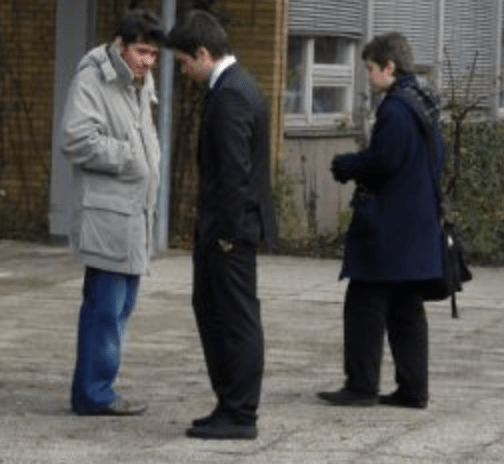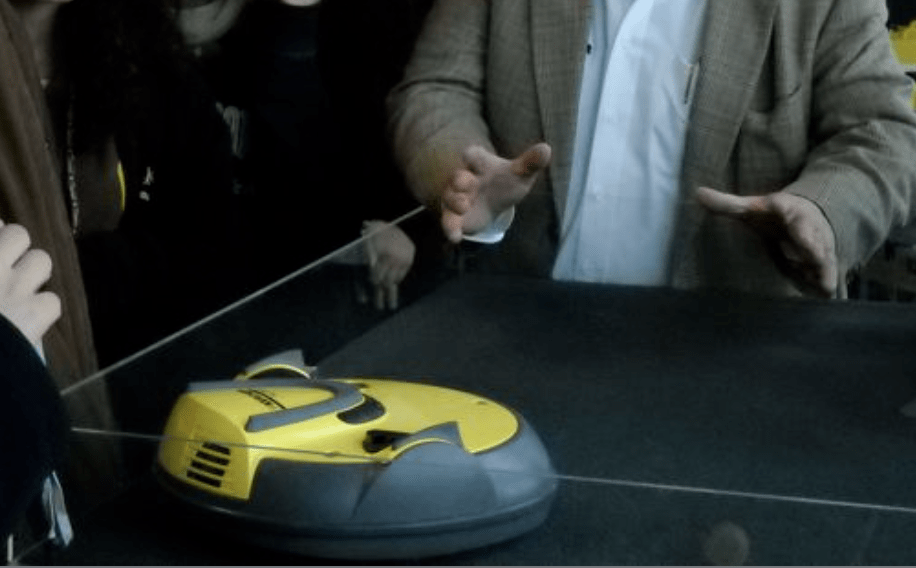Yes, it happened. Even here in Istanbul (and Hamburg) we managed. I feared that the Stuttgart Christmas Market might be the extent of my holiday, but then I took out a little Christmas Insurance: a plane ticket to Hamburg for a visit with my dear friend Jana the love of her life, Olaf. (They’re both crazy about trees.)
So how did Christmas happen? Well, in lots of ways.
Melissa and Orhan’s Christmas tree
First off, some wonderful person (I’m not sure who) organized a Secret Santa program for willing teachers, and my Secret Santa has plied me daily with lovely treats of the season (and beyond). I’ve gotten coffee, chocolates, condiments, jams, jellies, and other splendiferous treats. It’s like having an Advent Calendar in my mailbox. I’ve enjoyed supplying my own “secret pal,” who happens to be one of my office mates. I started him off with a risky offering: a big container of home-made French Market Soup. An odd gift, I know, but he’s a bachelor. He raved about it.
Our writing group met on Friday the 18th, and Jeff hosted us with a candle-lit buffet of mezes, cheeses, breads, and wines in his charming home, replete with antiques, artwork, Christmas lights and candles. A Christmas kick-off!
Then on Sunday Melissa asked me to help with a cookie decorating party for little people. When she set bowls around the table for the eight junior decorators, I was confused. I guess it’s just been too long since I’ve been around little people. I forgot that if you’re over eight, you take your time, carefully icing each cookie, often with contrasting colors, then you artfully apply sugar sprinkles to enhance your design. No need for a bowl, right?
Decorating, big-kid style (web photo from About.com)
But—what if you’re 3 or 4? You grab a cookie, slather (or glob) it with frosting, then shake on a mountain of sugar sprinkles, preferably in two or three shades. THAT’S where the bowl comes in. All the sprinkles that escape the cookie remain in the bowl for future use—more likely devouring than decorating. Great fun was had by all, even the grown-ups, who ended up bedecking the last few cookies as we sipped a glass of wine.
Our next Christmas event was Tuesday, planned by more Robert College Elves. It started with an outdoor bonfire, mulled wine and juices, and carriage rides with Santa, who called me by name as I meandered over to join the fun. (Ah, Duff! My Turkish class buddy.) After that we headed for a reception in Marble Hall while the children visited Santa and received gifts (supplied by their parents). Soon we headed downstairs for Christmas dinner in a transformed cafeteria—complete with soft lighting, centerpieces, and Christmas music. The turkey was delicious, although rice pilaf is a dismal substitute for bread stuffing. After dinner many of us joined Margaret at the piano upstairs to sing carol after carol after carol. Such enthusiasm! Yes, it WAS beginning to feel a lot like Christmas…
Christmas carolling a la Robert College (web photo from gittigidiyor.com)
On Christmas Eve Melissa and Orhan hosted yet another gathering, an open house for teachers of Christmasses present and past. Dress was varied, from Santa caps to velvets to jeans—and Sally made the scene in her PJ’s. (Sally, by the way, is a grown-up).
Karla, the baby who gave me my job this year, and Santa Mama Pelin
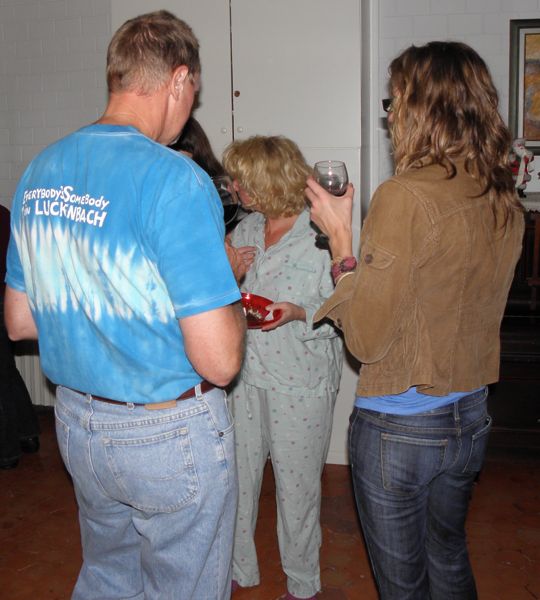 The pajama girl. Eager for Santa, don’t you wonder?
The pajama girl. Eager for Santa, don’t you wonder?
I left early to finish packing for my Christmas morning trek to Hamburg. Libby was thrilled when I pulled out her travel-case; she loves being included. Jana and Olaf met us at the airport with warm hugs, and I was just a bit disappointed to learn that Olaf doesn’t speak English. Turns out, though, that he’s absolutely wonderful.
We sipped glugwein (tastes great in any language) and walked along the harbor in a Christmas drizzle, and there was still even a little snow on the ground. Icy slush, anyway. After that we toured Hamburg by car and stopped for a Christmas lunch of—pizza. Well… it tasted great. It was about being together. That night, though, after opening gifts (mostly for Max, their soon-to-arrive baby), Jana prepared a traditional German Christmas dinner of Duck breast (YUM), red cabbage (sautéed in diced bacon), and dumplings. It was delicious. (FAR surpassing our pizza.)
A little Christmas cheer…
Lucky me, huh? The next day we lazed the morning away, took a long stroll through a nearby park, then headed off for the city for an exhibit of the treasures of Tutankhamun (the Egyptian king). Walking through with earphones in our own language, it was a shared multi-lingual experience. And—it was amazing. Though I’d seen many of these things in Cairo, the explanations were illuminating, putting things into clearer perspective for me. Also, since I’m over 50 (WELL over 50), things often seem new to me.
Mr. Tutankhamun, may he rest in peace.
Afterwards we strolled through the Christmas market (more gluhwein), then finally settled to warm ourselves with a steaming cup of coffee in a nearby restaurant.
The Hamburg Christmas Market
Olaf, Jana, and a “hint” of Max
Sunday after breakfast Jana’s folks arrived from Berlin; I was tickled to see them again. We devoured Jana’s homemade soup, then headed together to Olaf’s home town where we hiked around the local castle and landed at his parents’ house, where the holiday family dinner was to happen. Unfortunately, I didn’t get to stay for goose, but I made up for it by throroughly pigging out on stollen and cookies. They generously packed me off with sausage, cheese, and even more stollen.
The little castle we visited…
…and a nearby mill, with old millwheels leaning against it’s front
Jana’s father checking the Christmas Goose.
It was a MERRY CHRISTMAS after all!
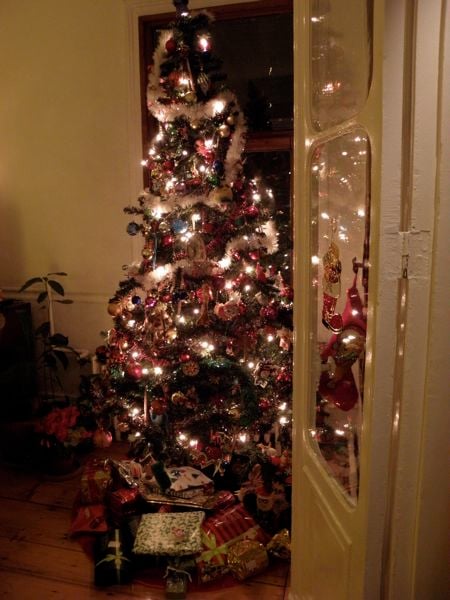
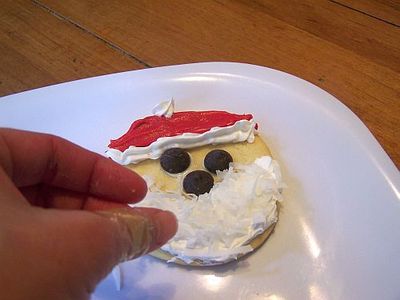
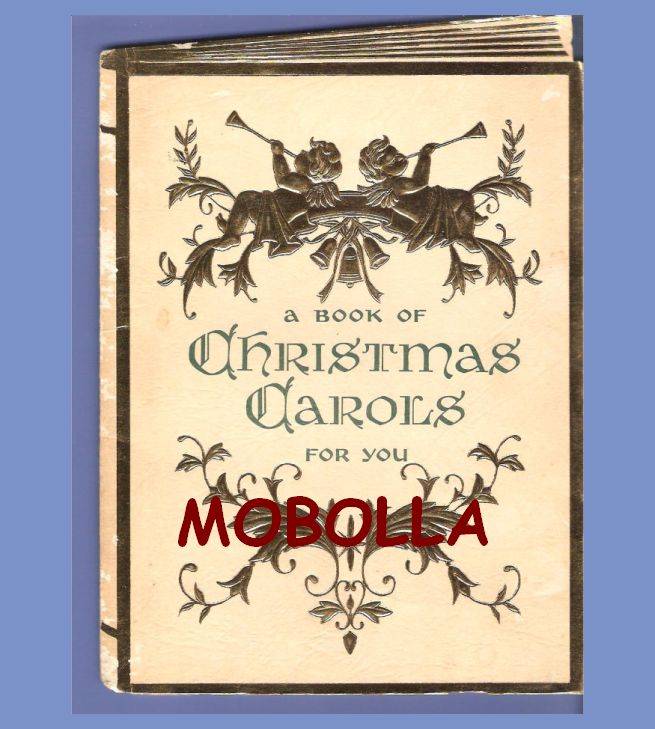


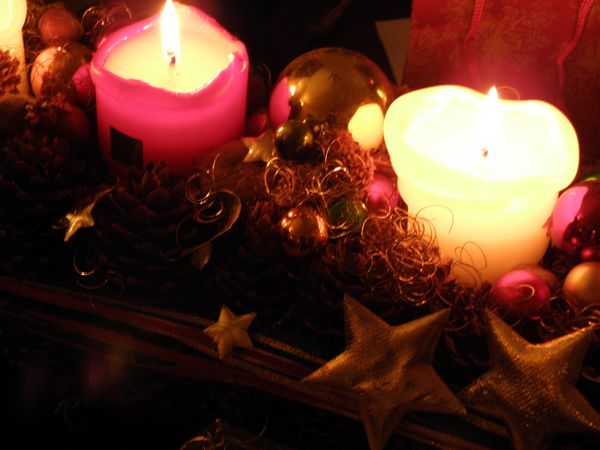
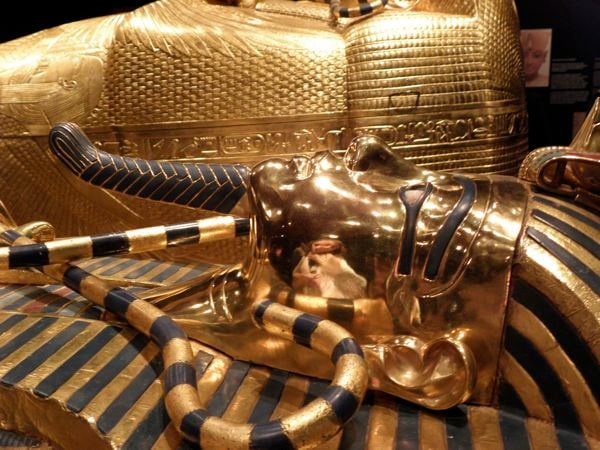
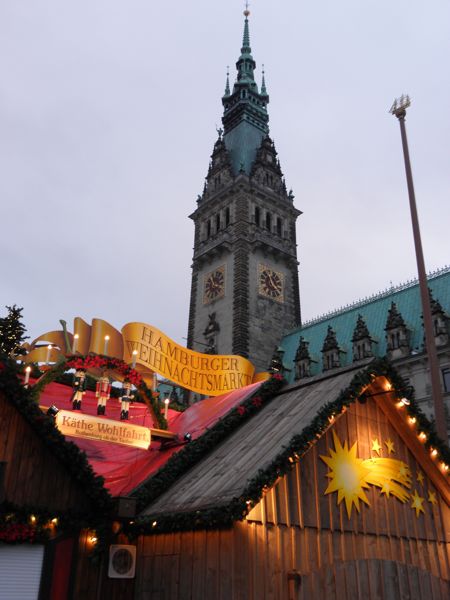

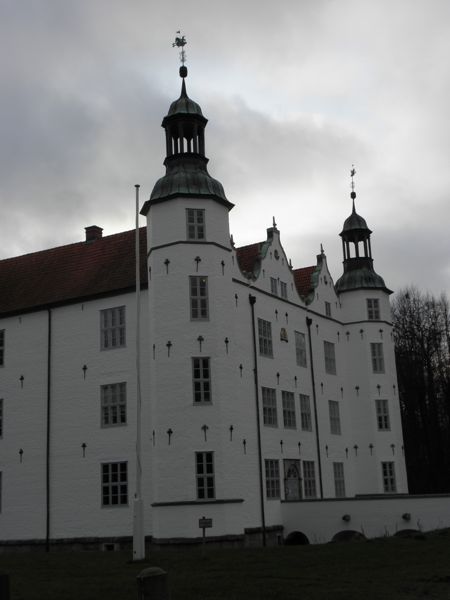
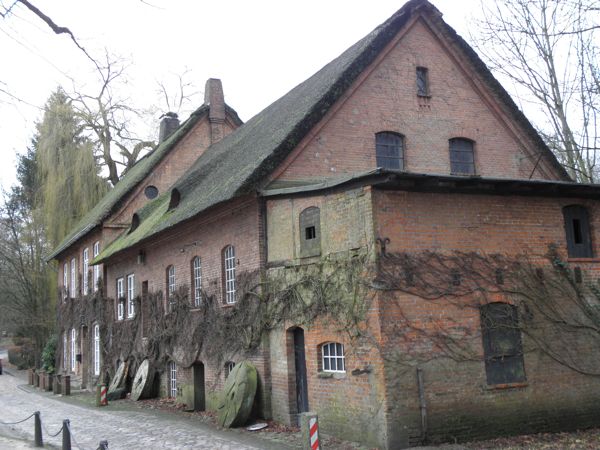
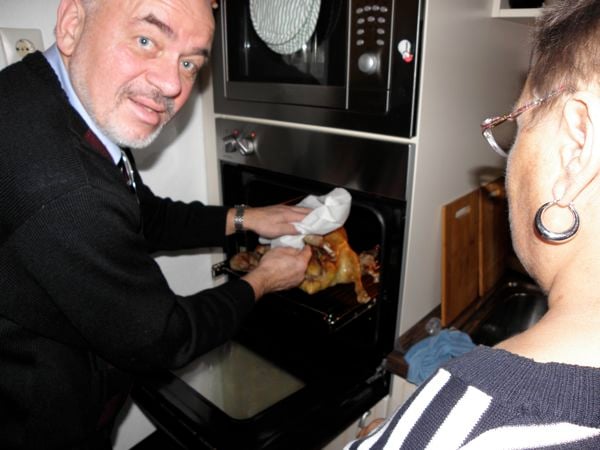
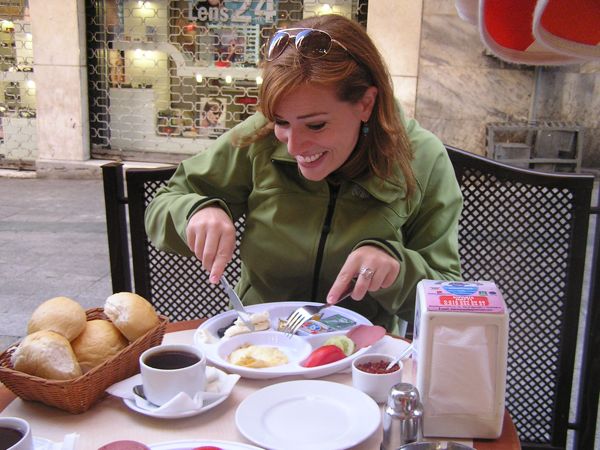

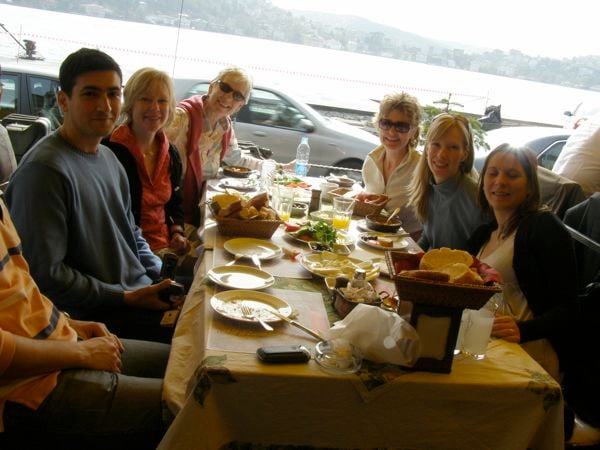




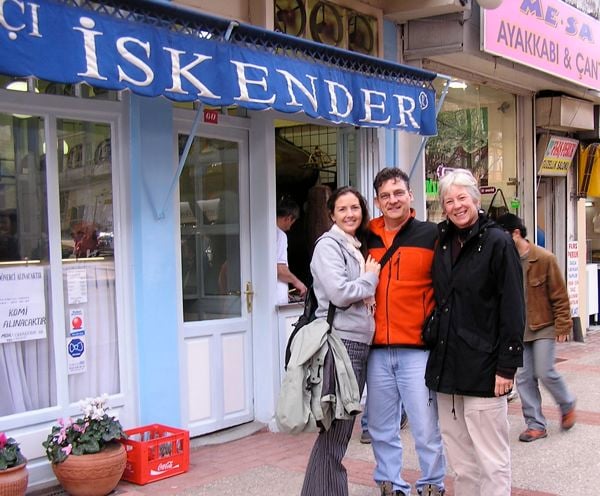





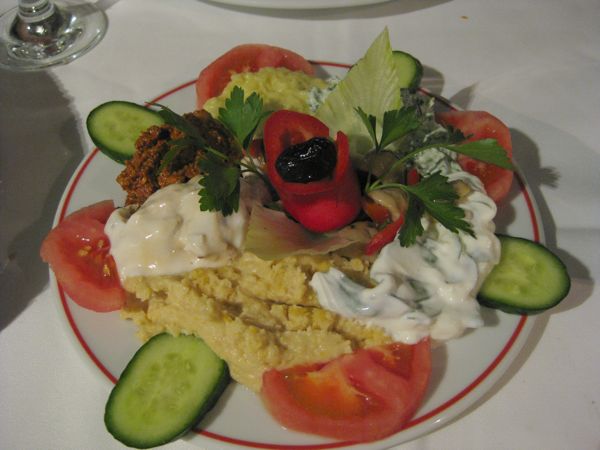


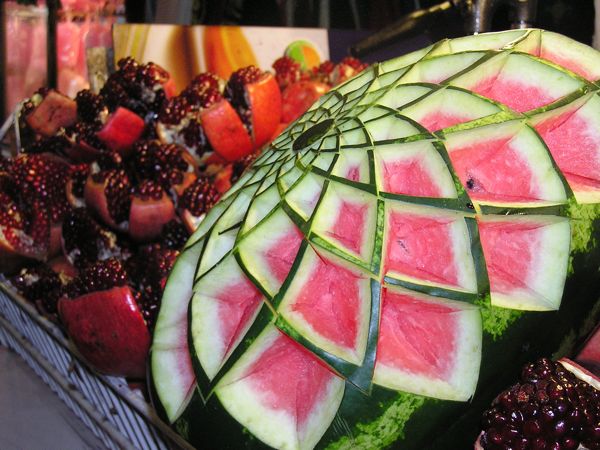
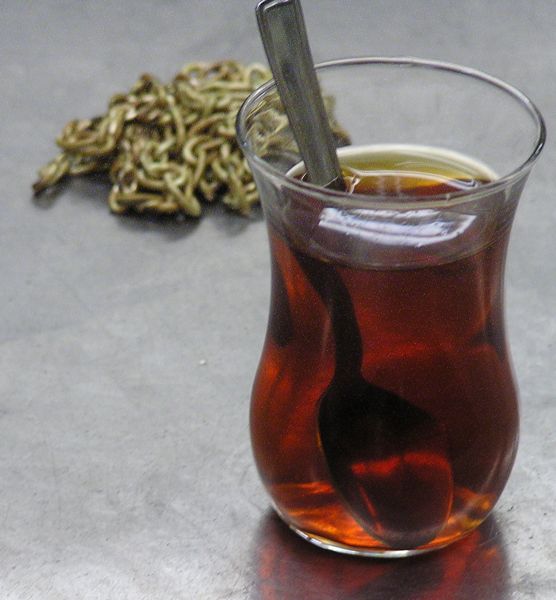


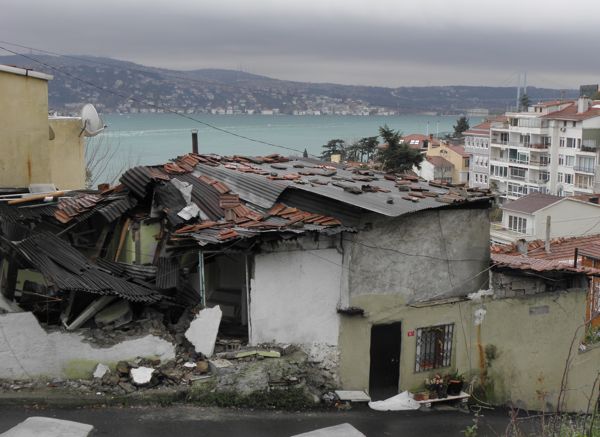
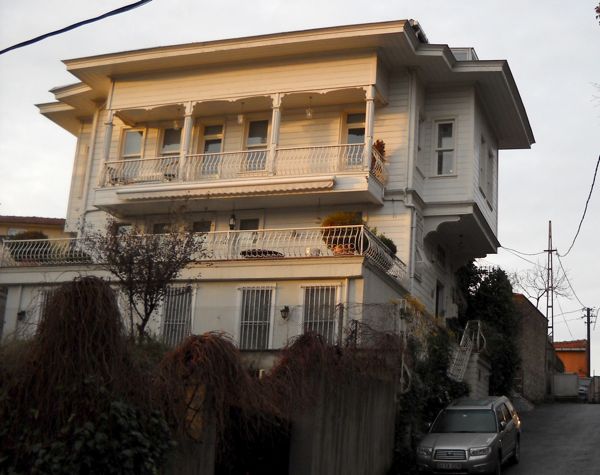

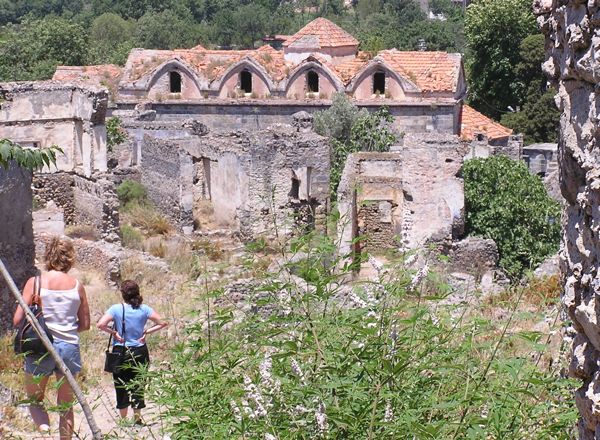
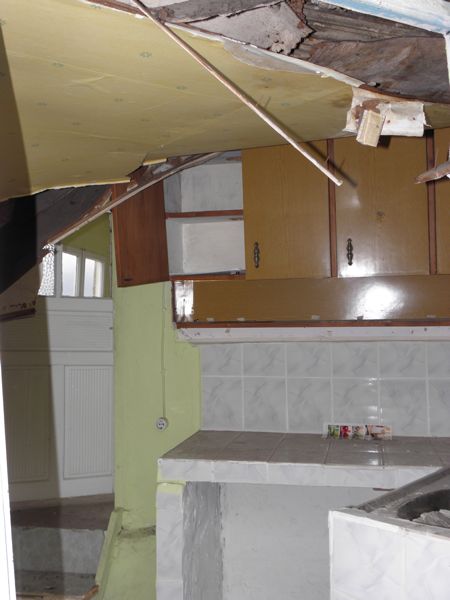
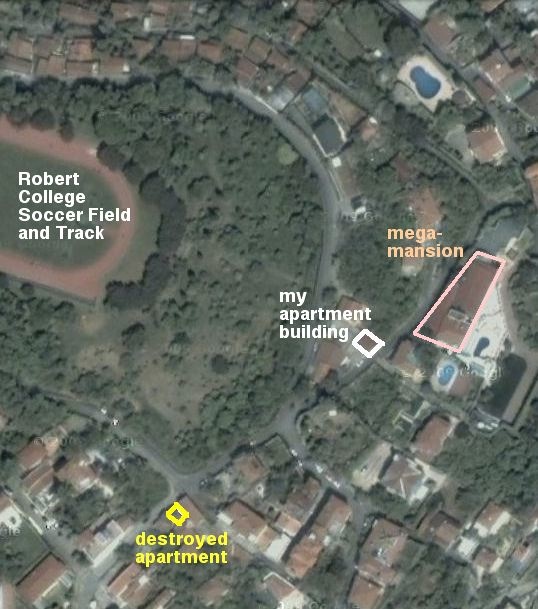

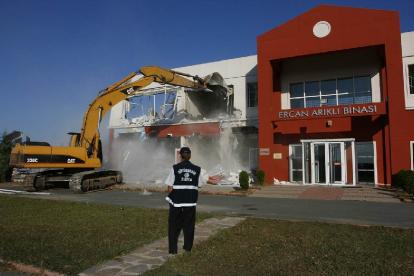

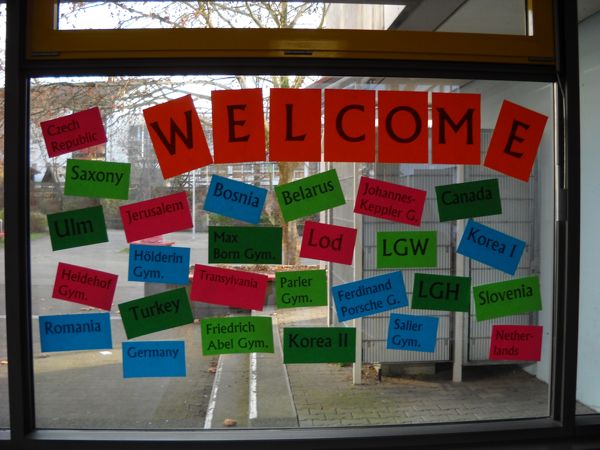
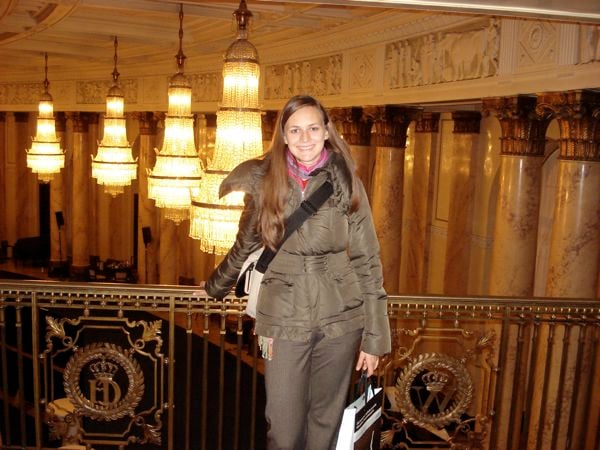
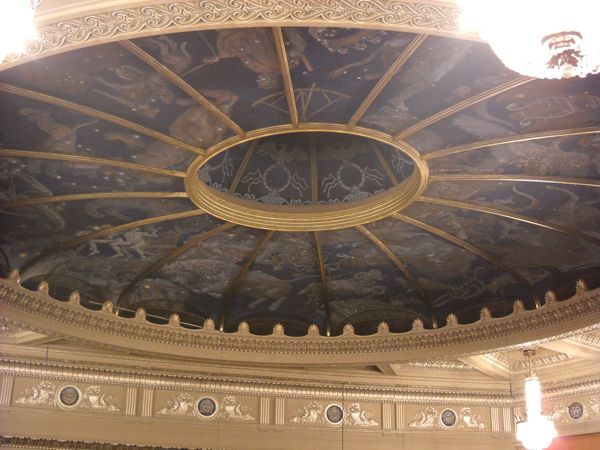
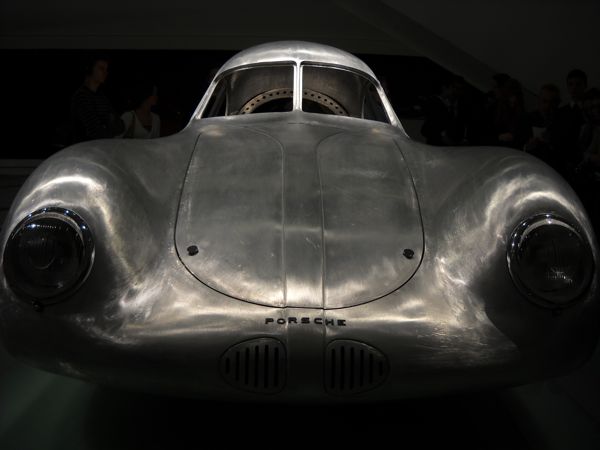

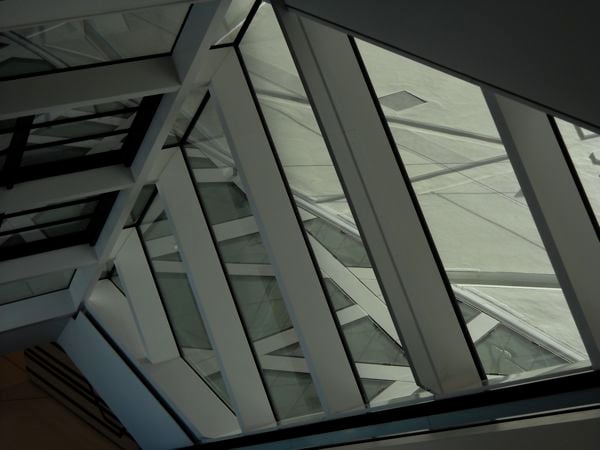 The view from the 3-story escalator looking out over a roof.
The view from the 3-story escalator looking out over a roof.